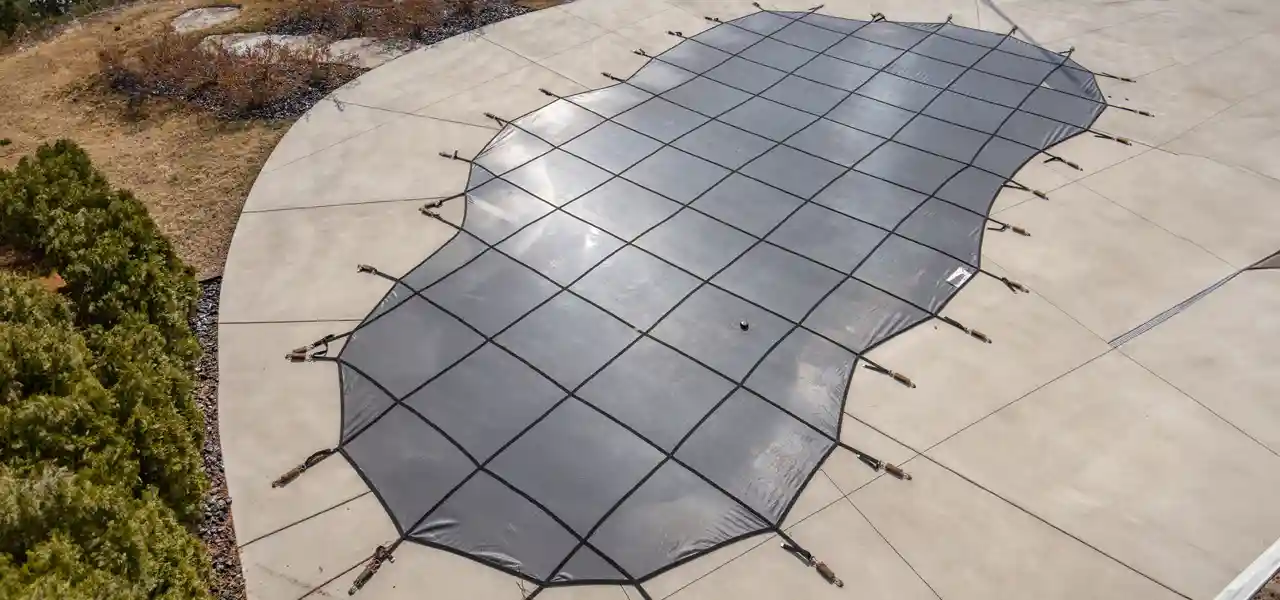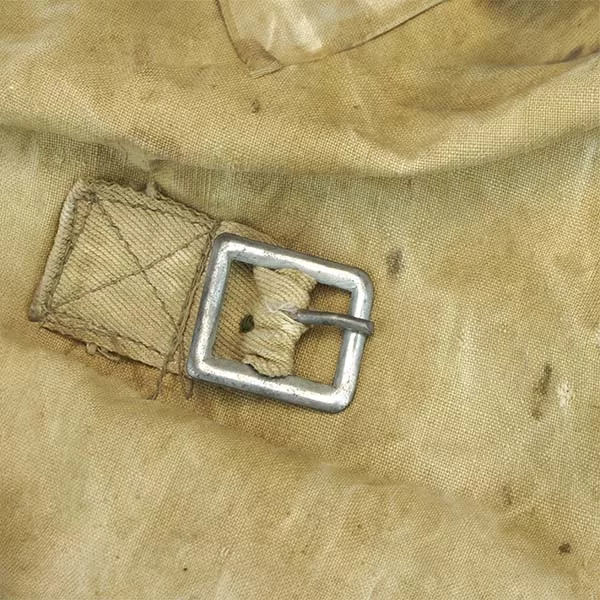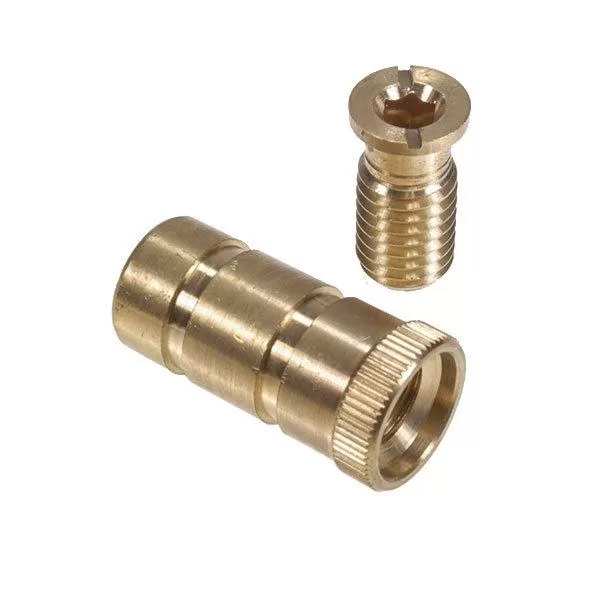FREE Standard Shipping On All Orders $100 or More!*

The Top 5 Safety Pool Cover Repairs
Is your pool safety cover in need of some TLC? Now's the time to tackle those repairs! Whether you have a mesh or solid cover, keeping it in tip-top shape is essential for protecting your pool during the off-season. Let's go over the five most common pool safety cover repairs that you can easily tackle at home.
1. Fixing Small Holes
Small holes in your safety pool cover might not seem like a big deal, and often they aren’t. Tiny holes, less than 1/2 inch in diameter, usually don’t spread because of the tight weave of the material. However, if you have small rips up to 6 inches long, you can easily fix these with a 4x8 inch safety cover repair patch. Just stick the patch over the tear, and it’ll hold up for years.
2. Repairing Large Holes
Bigger tears call for bigger solutions. If your safety pool cover has a gaping tear, you’ll need to consider a panel replacement. Contact your cover’s manufacturer, or if you bought it from a specific retailer, reach out to them to arrange the repair.
For those who prefer a DIY approach, you can patch large holes with mesh or vinyl material using rubber cement, or by sewing it up with heavy-duty thread. It may not look as perfect as a professional repair, but it’ll do the job and save you some cash.
PRO TIP: If you're in a pinch to cover your pool, local canvas fabricators — who work on tents, awnings, and boat sails — might be able to help!
3. Torn or Ripped Straps

Straps are the unsung heroes of your pool cover, keeping it secure during harsh weather. Over time, these can wear out or break, especially under heavy snow loads. If this happens, grab some nylon webbing from a fabric store and sew the strap back onto the cover using an ‘X’ pattern with heavy synthetic thread or thin fishing line. If the strap has snapped in the middle, simply add a new piece of nylon webbing and secure it with a new buckle.
To prevent future tears, inspect your straps regularly and make sure they're not overly tightened, which can cause unnecessary stress on the material.
4. Addressing Wear Marks and Worn Areas
Wear marks on your safety pool cover are common, especially where the cover rubs against the pool coping. To prevent these areas from becoming larger problems, use padding between the cover and the coping every winter. While sewn-on padding can be expensive, outdoor carpeting can also protect the cover from rough edges and sharp brick coping. Or, consider using water bags or pool noodles in areas where the cover touches the coping. This can add an extra layer of protection.
5. Troublesome Deck Anchors

Brass anchors in the pool deck generally don’t cause problems, but sometimes they can become hard to turn or get stuck. If an anchor pops out, you can replace it with our anchor removal kit, which works like a wine corker to pull the old anchor out. Once removed, simply tap a new brass anchor into place.
Keep an eye on the condition of your anchors throughout the season. If they start to show signs of wear, replace them before they become a bigger issue.
Bonus Tip: Fixing Ripped Wear Strips
Wear strips are essential for protecting your safety pool cover from rubbing against the pool edge during high winds, rain, and snow. If one gets ripped off, don’t ignore it! Sew it back on using heavy-duty thread or thin fishing line. You can even add extra wear strips in areas that experience more friction.
Regular maintenance and timely repairs will keep your pool safety cover in great shape, ensuring it lasts for many seasons to come. Whether you’re fixing small holes, repairing large tears, or dealing with worn areas and straps, these tips will help you keep your pool cover in top condition. Happy swimming, and stay safe!